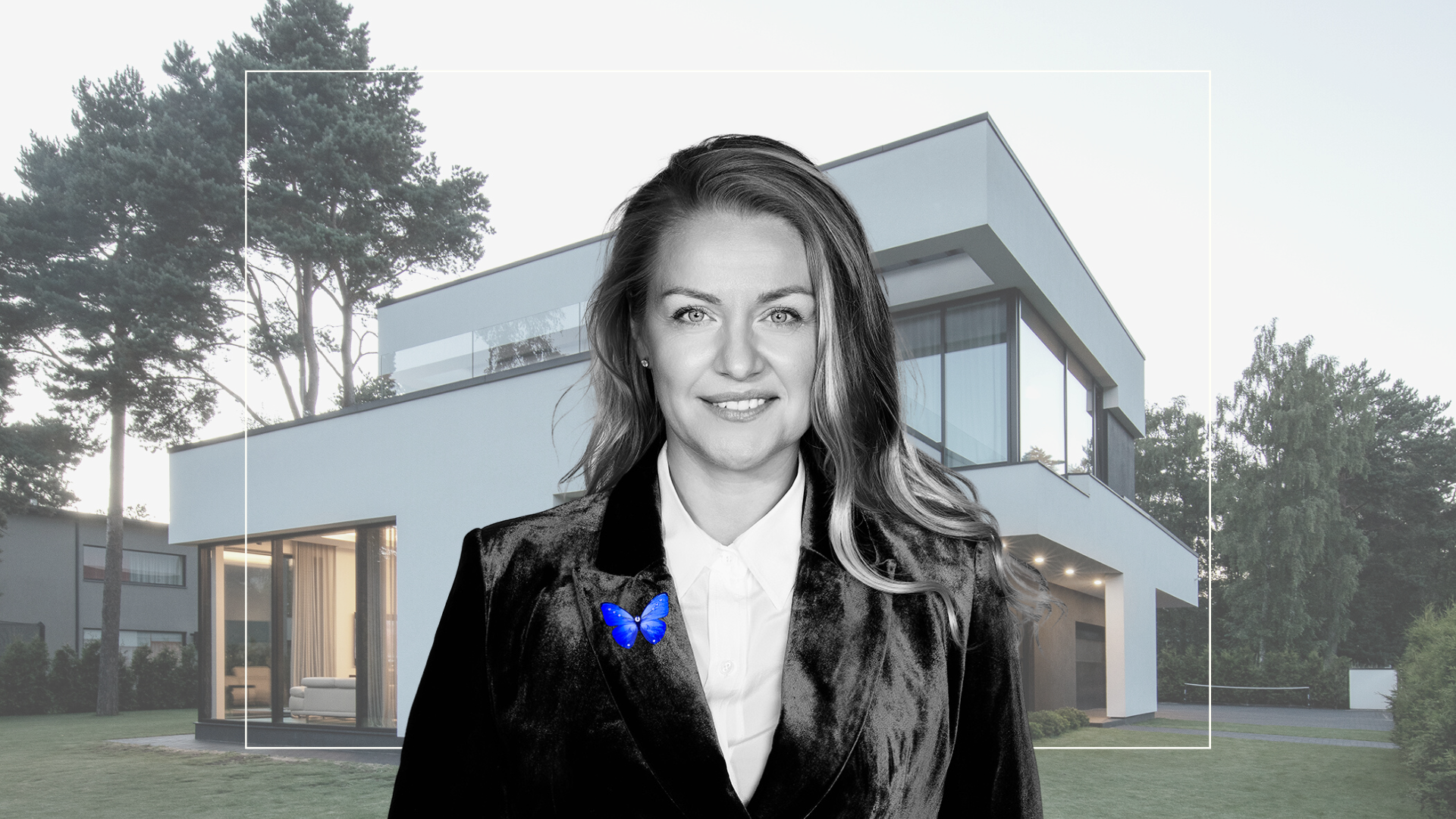
To be completely candid, it seems that not a single day has gone by in the past couple of months without someone asking me – what is happening in the real estate market? Is it at a standstill or even on the decline?
There is still a lot of uncertainty about the future – how high will Euribor rise? Will my job be secure? Which direction are global conflicts headed? All of this doesn’t exactly contribute to a positive overall mood, and it’s not limited to the real estate market alone.
However, regardless of the circumstances that surround us, the real estate market doesn’t come to a complete halt. Buying principles may be evolving somewhat, but the fundamental need for a home remains constant.
Purchases Are Necessity-Driven
Transactions are highly necessity-driven – when one’s current residence becomes too small or too large, people start searching for a new and suitable place. Children are born, grown-up children move out, couples move in together, others… separate. The need for homes is constantly evolving, irrespective of the developments in the wider world.
A-rated energy-efficient houses and apartments are still in demand – energy efficiency and low maintenance costs are significant factors in both the higher and lower price range properties.
“Hidden gems” seekers are also still in the market. These may include larger penthouses in coastal areas, the Old Town, which has regained its appeal, and Kadriorg, which remains a hot area. Furthermore, there are “hidden gems” in the form of larger seaside estates in Pirita, Viimsi, and Kakumäe. In short, everything that is scarce and not likely to increase.
Investing in apartments through loans has waned. Euribor’s movement is unclear, and the risks are high. The once vocal small investors who encouraged leveraging have gone silent.
Lower Prices Are More Likely in the Secondary Market
Will the prices of new apartments drop? Probably not. As long as construction costs remain stable and the unemployment rate doesn’t significantly rise, prices are unlikely to decline. In addition, developers are now leaning towards renting unsold apartments instead of selling them.
Adjustments are more likely to occur in the secondary market, primarily among owners who need to sell quickly. For high-quality properties where time is not pressing, there is virtually no room for negotiation.
Exercise Prudence and Keep Emotions in Check
Just like at any time, it is advisable to make informed and well-thought-out decisions now. Some have been comparing the current situation to the crisis of 2008. I must admit that there are some similarities, but there are also many differences.
During the previous crisis, a significant portion of real estate was purchased with loans, while savings were nearly nonexistent. However, in the transactions made in recent years, about 50% were bought with borrowed money, and Estonians have more savings now than ever before. This means that the Euribor change doesn’t directly affect nearly half of the real estate buyers.
Loan conditions have been much stricter since the previous crisis, and all potential future prospects and risks have been more thoroughly considered. In addition, people’s financial skills have improved – they are more likely to forgo a luxury item or a trip rather than leave their home loan unpaid. Therefore, a loan crisis like the one we experienced in the last decade is not anticipated at present.
In summary, the current situation is “wait and see” – people are observing and evaluating, and when the right home is on the horizon, decisions are made.
